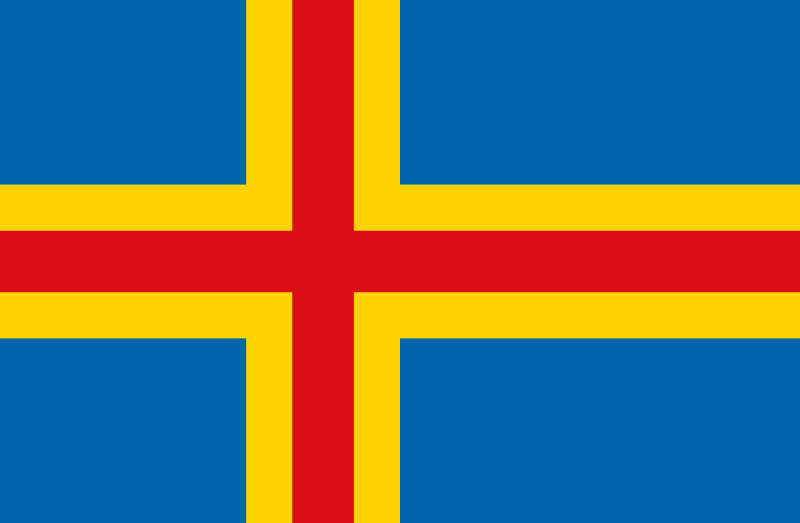
Åland
Public Europe
Public Europe
Active 2 years ago
Åland (Finnish: Ahvenanmaa: [ˈɑhʋenɑnˌmːɑː]; Swedish: [ˈǒːland] (listen); Finland Swedish: [ˈoːlɑnd])... View more
Public Europe
Group Description
Åland (Finnish: Ahvenanmaa: [ˈɑhʋenɑnˌmːɑː]; Swedish: [ˈǒːland] (listen); Finland Swedish: [ˈoːlɑnd]) is an autonomous and demilitarised region of Finland since 1920 by a decision of the League of Nations. It is the smallest region of Finland by area and population, with a size of 1,580 km2, and a population of 30,129, constituting 0.51% of its land area and 0.54% of its population. Its only official language is Swedish and Mariehamn is the capital city.
Åland is situated in an archipelago, called the Åland Islands, at the entrance to the Gulf of Bothnia in the Baltic Sea belonging to Finland. It comprises Fasta Åland on which 90% of the population resides and about 6,500 skerries and islands to its east. Of Åland’s thousands of islands, about 60-80 are inhabited. Fasta Åland is separated from the coast of Roslagen in Sweden by 38 kilometres (24 mi) of open water to the west. In the east, the Åland archipelago is contiguous with the Finnish archipelago. Åland’s only land border is located on the uninhabited skerry of Märket, which it shares with Sweden. From Mariehamn, there is a ferry distance of about 160 kilometres (99 mi) to Turku, a coastal city of mainland Finland, and also to Stockholm, the capital of Sweden.
Åland’s autonomous status means that those provincial powers normally exercised by representatives of the central Finnish government are largely exercised by its own government. The current demilitarised, neutral position of Åland dates back to the days of the Paris Peace Treaty after the Åland War in the 1850s. 2022 marked the 100th anniversary of the autonomous status.
-
Generating thumbnail…
-
Generating thumbnail…
